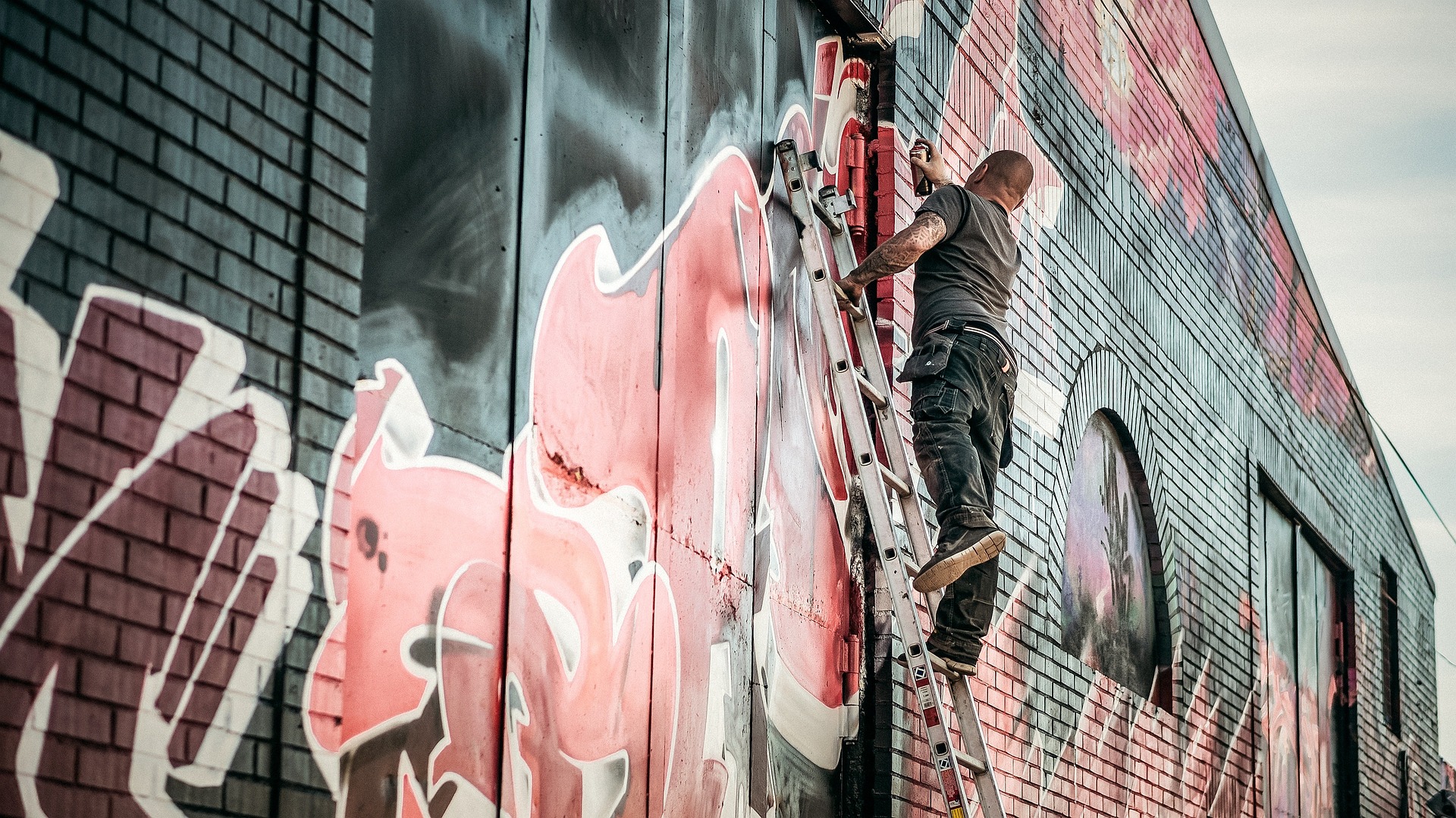
Art in Times of Crisis
2020-08-16 12:07:31 • Eloise Robbertze
ART IN A TIME OF CRISIS During times of crisis, art creates and fosters shared community experiences, intimate expression, and a bonding of humanity. Crisis time is a time to value the arts no matter how big or small the contribution. Whether the medium is street art murals, sidewalk chalk pictures or mixed media paintings, art influences how we live our lives and interact with our community. Art helps us to be human Creating art and the act of viewing art enables us to think about and process our experiences. It encourages us to express ourselves and to seek to understand the world around us. Art has been a means of expression since the evolution of mankind. The Bhimbetka and Daraki-Chattan cupoles are the oldest pieces of prehistoric art ever discovered and have been dated to around 700,000 BC. Our ancestors used art to record their daily lives, to tell stories about events that shaped their lives,to describe their dreams and to express themselves, the same as we do today. Art creates community by depicting shared events and by enabling us to express our individual perspectives. Art helps us to be communal Over the last few decades, and particularly since the start of the pandemic we are currently experiencing, we have seen just how unequal our societies are. These inequalities have always existed, but they have now become much more visible. Art is being used as a tool to create stronger, more informed communities. Art enables us to view our personal selves and our identities within the larger community and to feel more comfortable in our society. For instance, the physical destruction of statues representing oppressive historical figures is an active undertaking of the current social justice movement to change the physical environment of people for the better. When our environment reflects our own communities and experiences, we are happier. Art helps to make social justice visible. Art helps us to be healthier Creating and viewing art is proven to reduce stress and provide overall well-being. Numerous studies show the many emotional, physical, and mental benefits of not only creating art, but looking at art. Long-term effects include enhanced brain function, stronger immune systems and a reduction in depression. Art helps us to express difficult emotions and process traumatic events. Art helps us to be grateful During this pandemic, we have mostly been unable to spend time with friends and family the way we are used to. Many artists have created messages of gratitude, especially for frontline workers, who haven’t been able to have the close support of their friends and family. In Denver, USA, the artist Austin Zucchini-Fowler started a series of murals that depict healthcare professionals as angels with masks, wings and boxing gloves. Front Line Fighter and Construction Hero in Denver, Colorado. Image Credit, Austin Zucchini-Fowler. Art helps us document events World events are often immortalized and remembered through art. Banksy’s 'Les Misérables' focused on the treatment of refugees in Calais in 2016. Kevin Carter’s iconic photograph “Struggling Girl†highlighted the plight of starving Sudanese in 1993. Artist Eme Freethinker's Gollum (from Lord of the Rings) and Scrat (from Ice Age) hoarding toilet paper is now a hallmark artwork in the Mauerpark public park in Berlin. Gollum is depicted with his iconic wild eyes saying, “Mien Shatz†(My Precious) while Scrat clutches a single roll of toilet paper. Gollum and Scrat, Berlin, Germany. Image courtesy of EME Street Art. Art is needed in difficult times Art connects us to humanity – it reminds us that we share a human experience. It provides enormous social and personal benefits – together we can share our emotions, connect, be impactful. We rely on art to see us through times of crisis, to work out how and where we fit into our society and the world at large. It amplifies our voices and brings life to our message.
